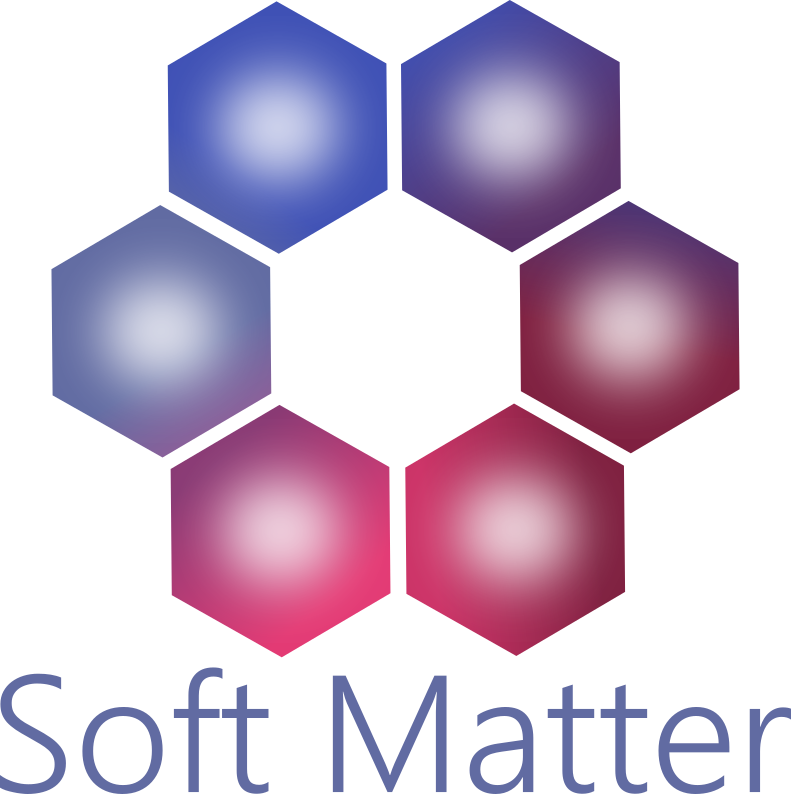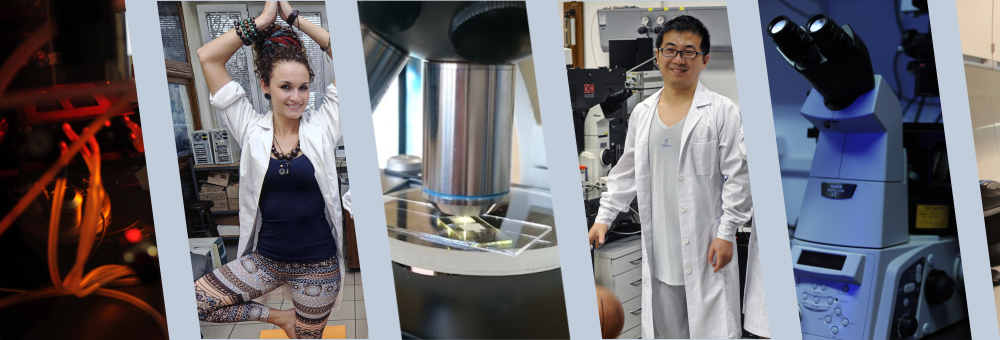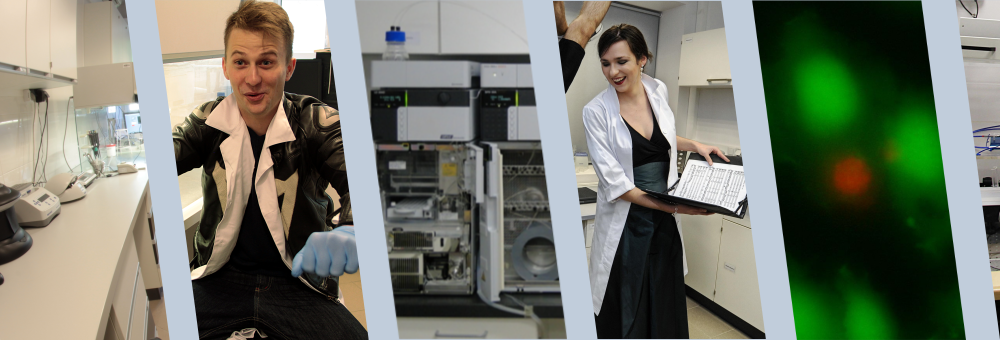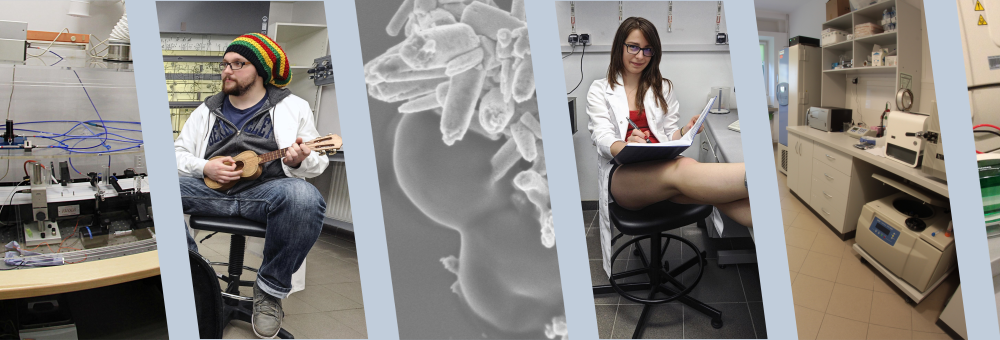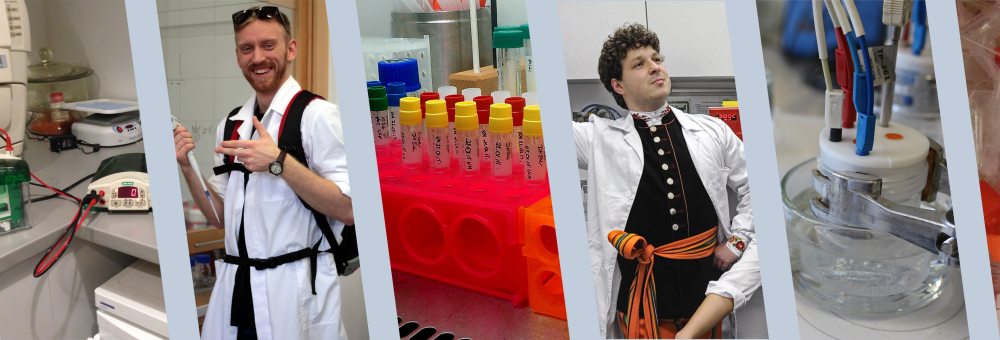Publication
Application of Europium Multiwalled Carbon Nanotubes as Novel in an Electrochemiluminescent Aptasensor for Thrombin Using Multiple Amplification Strategies
Author(s): Wu, Dan and Xin, Xia and Pang, Xuehui and Pietraszkiewicz, Marek and Holyst, Robert and Sun, Xian'ge and Wei, Qin
Title: Application of Europium Multiwalled Carbon Nanotubes as Novel in an Electrochemiluminescent Aptasensor for Thrombin Using Multiple Amplification Strategies
Abstract: A novel electrochemiluminescent (ECL) aptasensor was proposed for the of thrombin (TB) using exonuclease-catalyzed target and hybridization chain reaction (HCR) to amplify the signal. capture probe was immobilized on an Au-GS-modified electrode through Au-S bond. Subsequently, the hybrid between the capture probe and the thrombin binding aptamer (TBA) was aimed at obtaining DNA (dsDNA). The interaction between TB and its aptamer to the dissociation of dsDNA because TB has a higher affinity to TBA the complementary strands. In the presence of exonuclease, aptamer selectively digested and TB could be released for target recycling. dsDNA was formed through HCR of the capture probe and two DNA strands (NH2-DNA1 and NH2-DNA1). Then, numerous europium carbon nanotubes (Eu-MWCNTs) could be introduced through reaction between NH2-terminated DNA strands and carboxyl on the Eu-MWCNTs, resulting in an increased ECL signal. The amplification strategies, including the amplification of recycling and HCR, and high ECL efficiency of Eu-MWCNTs lead to wide linear range (1.0 X 10(-12)-5.0 x 10(-9) mol/L) and a low limit (0.23 pmol/L). The method was applied to serum sample analysis with satisfactory results.
Pages: 12663-12670
Journal: ACS APPLIED MATERIALS \& INTERFACES
Volume: 7
ID: ISI:000356753500039
Year: 2015
DOI: 10.1021/acsami.5b03381



